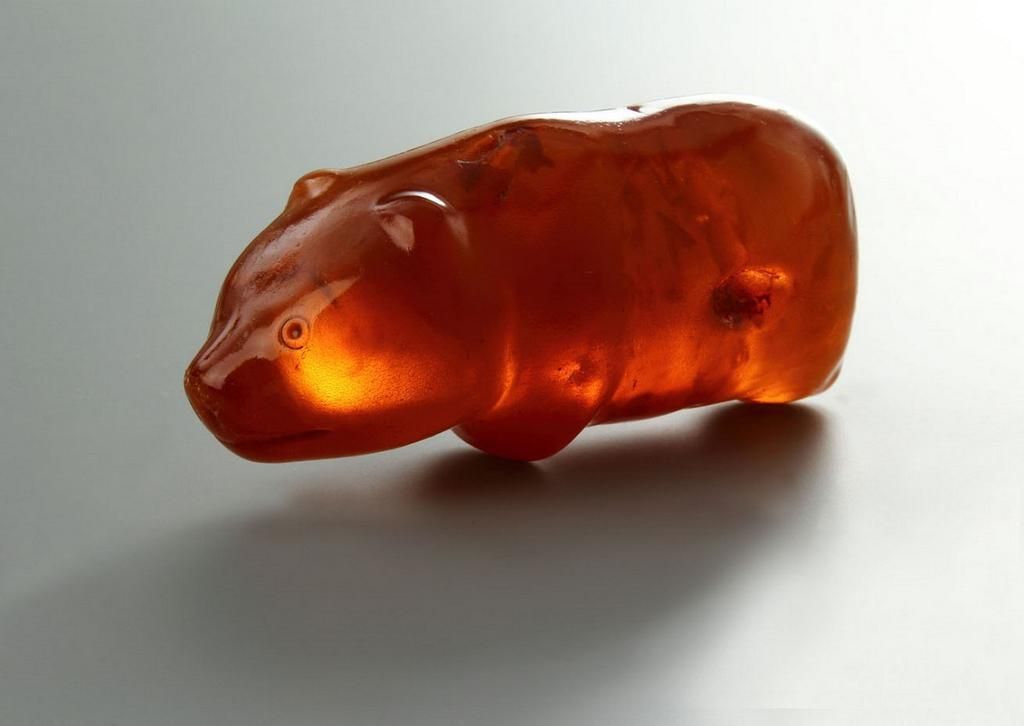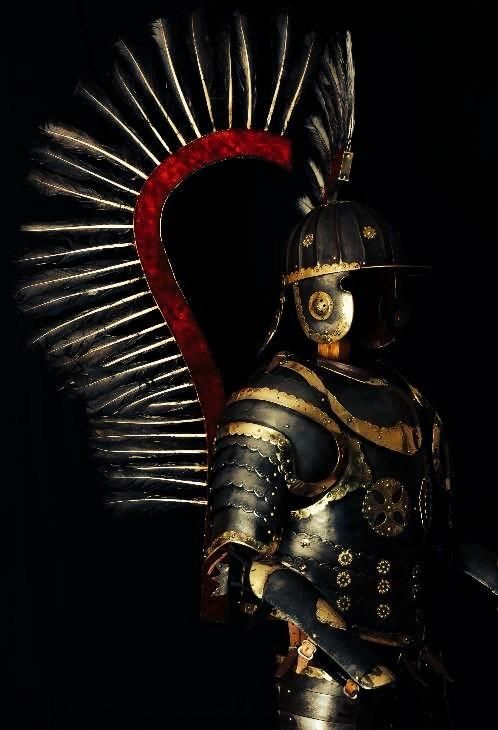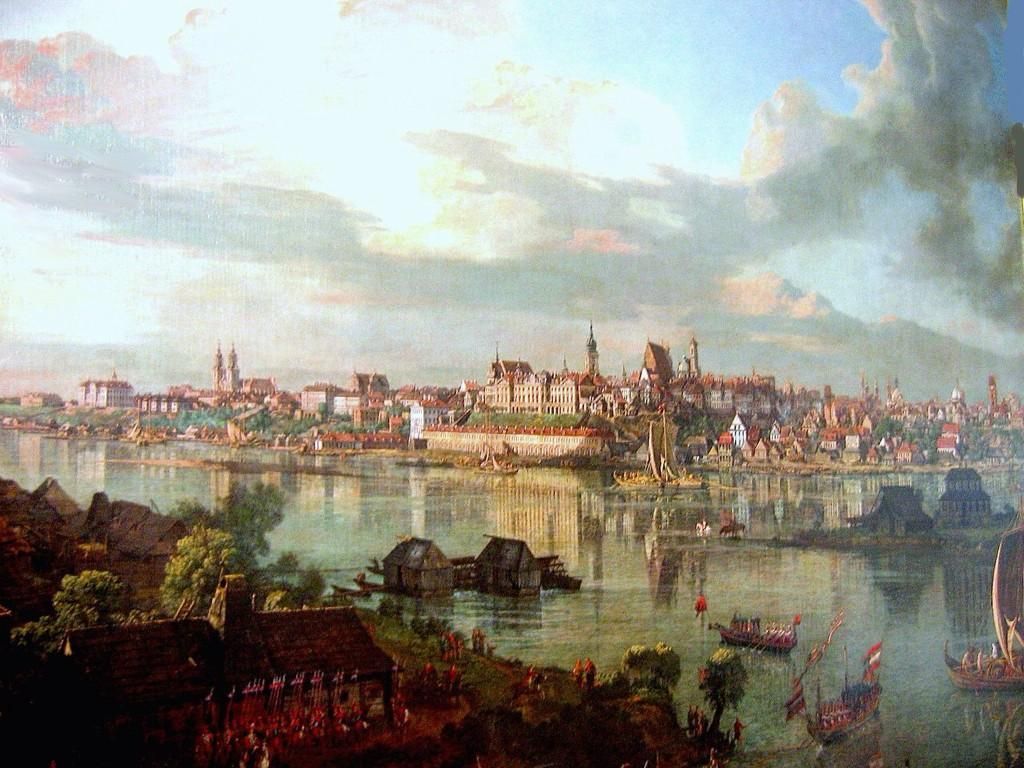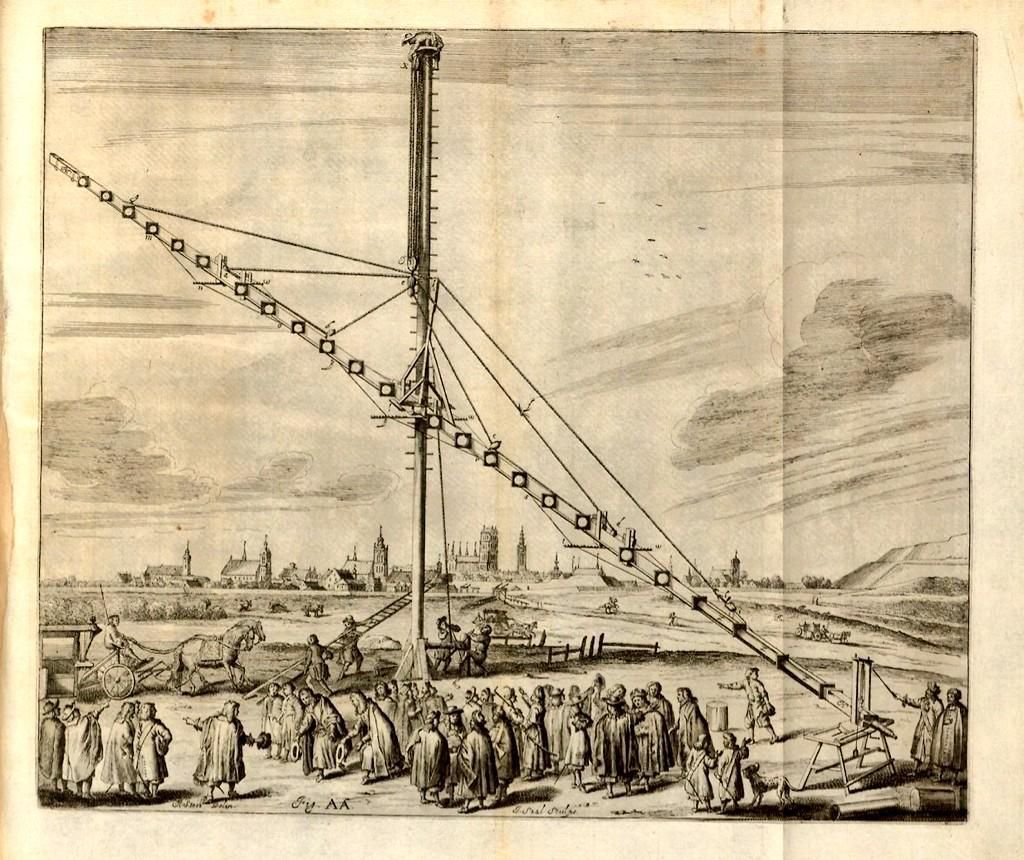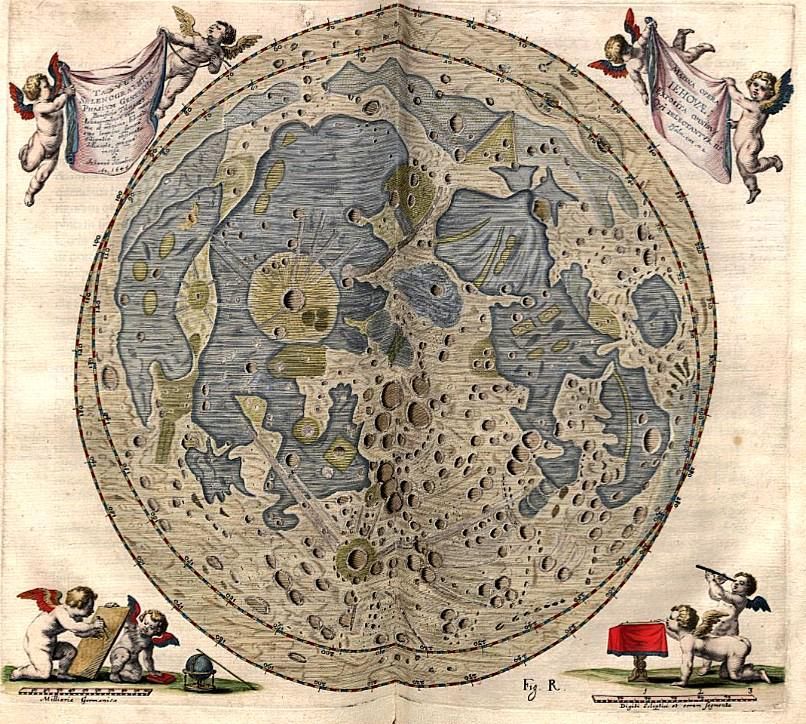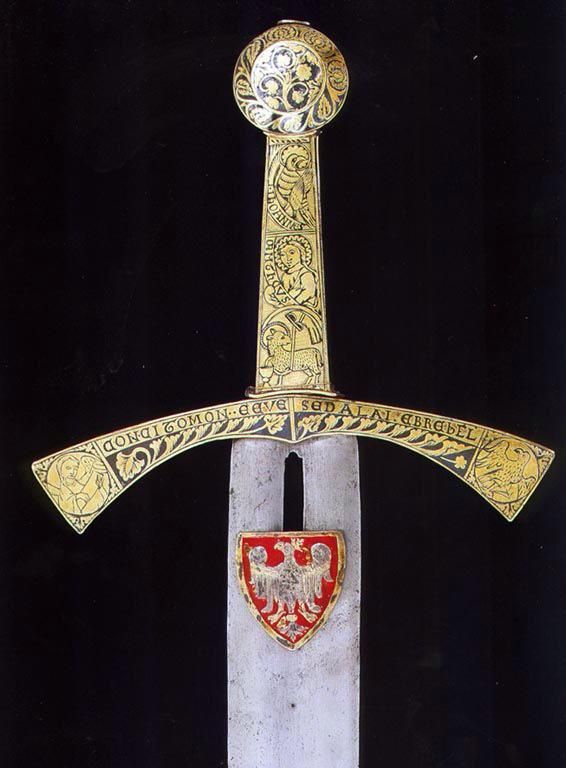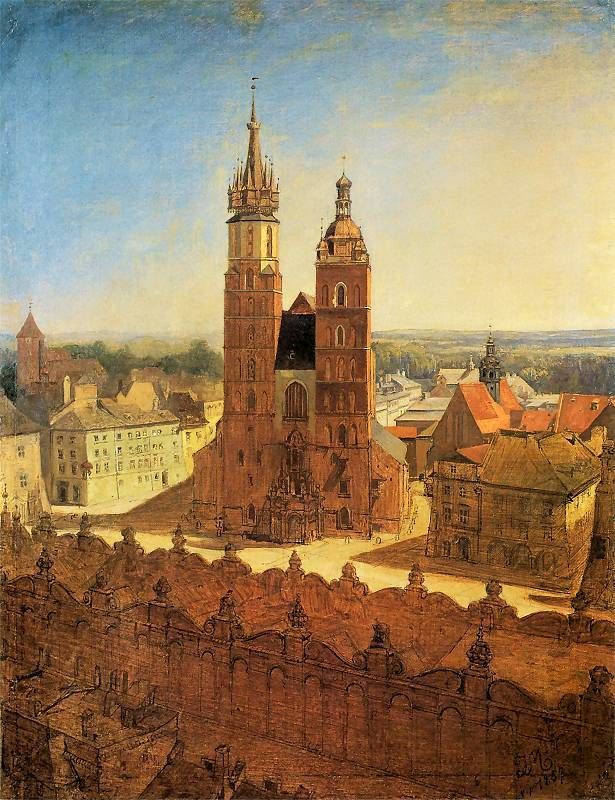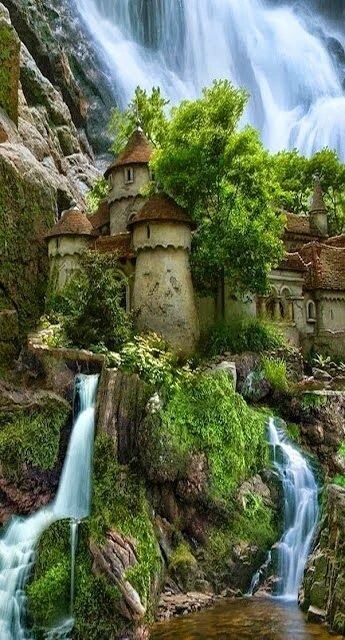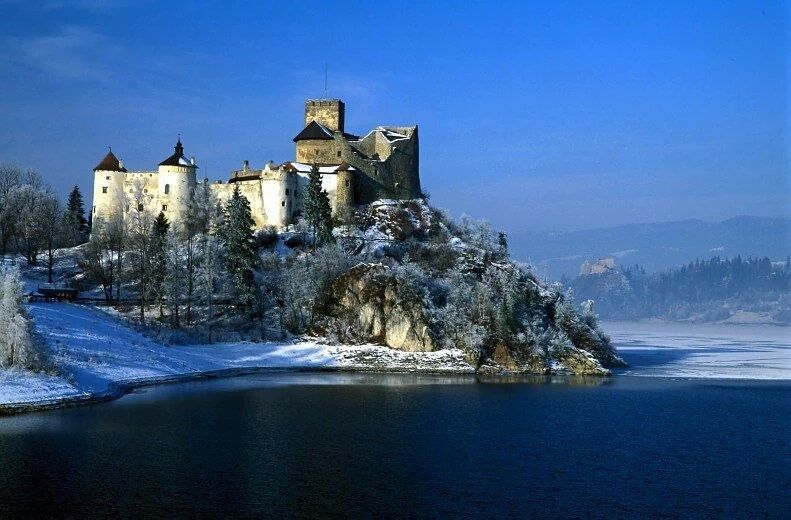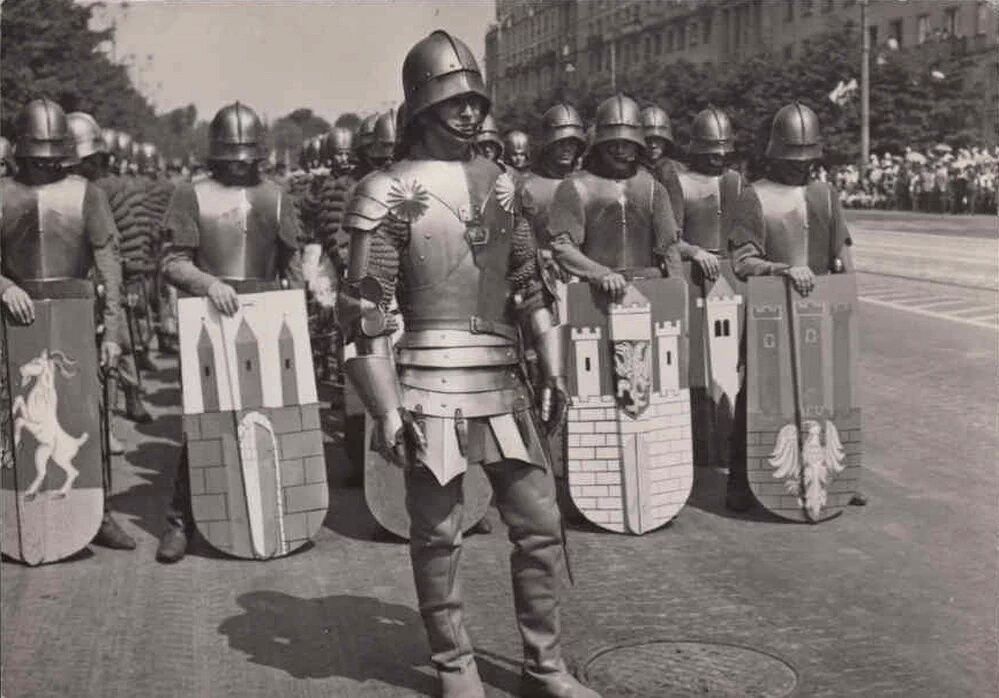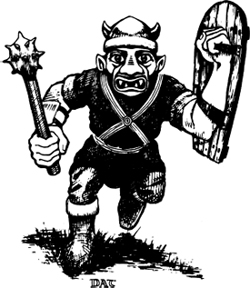Post by Admin on Apr 12, 2016 6:31:52 GMT
Poland
Government: Kingdom <17th c.>
Pantheon: Slavonic <Polish>
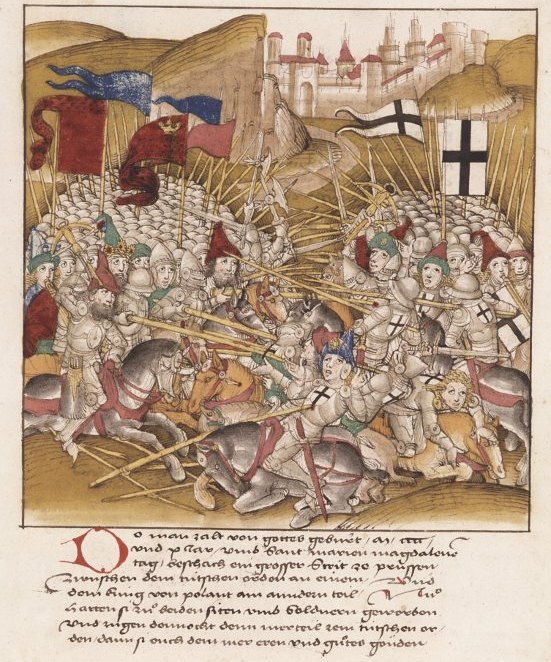
Ruler: Bohdan VI <Queen Hedwig>
Capital: Warsaw
Population: 160,000
Other Cities (and populations):
Cracow: 75,000
Elblag: 15,000
Lublin: 20,000
L'vov: 30,000
Coinage: Slavonic Standard.
Location: Aeropa
Language: Slavic
Population: 3,000,000
Flag/Emblem: A white eagle displayed and crowned on a red field.
Important Persons: Nobles, priest, hetmans, officials, etc.
Alliances: Littuania, Moravia.
Hostilities: Moldavia, Thuringia, Teutonia.
Open Warfare/Skirmishing: Minor sort confined to border areas.
Intrigues: Create an incident breaking Littuanian treaty with the
Thuringians. Alliance with Slovia to attack and partition Kiev. Many
other lesser court and personal intrigues.
Magickal Devices: Poland is thought to possess the Entropy Lance,
the Willowlands Baton, and the Copper-Enclosed Grimoire.
Alignment: Lawful Neutral <lyans>

Thumbnail Sketches: The country held by the Polish Crown extends
over some 90,000 to 100,000 square miles from the Baltic Sea coast
southwards to Moravia's mountains and Kiev's border there. The
Vistual River demarks the land of Teutonia and Thuringia which are its
western neighbors, Littuania and Kiev being its eastern ones. The
land is mostly plain and plateau, although there are some foothills
and mountains in the territory of the Crown, as well as forests, bogs,
and marshlands, too. A third or more of the land is forested or wild.
Therein, and on the uninhabited grasslands and in the wet tangles, l
dwell such game as bears, great lynxes, wolves, boars, aurochs,
bison, elk, deer, wild horses and goats, and small game of many kinds
(including beavers, sables, foxes, stoats, etc.).
The Polish are a Slavic people with little other admixture, who
have taken to the horse so as to become as able in this regard as any
steppes tribe or Western Aeropan chivalry, albeit their horsemen are
of heavier kind than the typical Azirian, less ponderous sort than the
knights of Teutonia et al. Poland's aristocratic class is very much the same as that of Western Aeropa,
being influenced by Lyonnesse and Francia more than the Teutonic states closer to it,
and this is reflected in the court at Warsaw, although Cracow is very much an
Eastern Aeropan city. The freeman class is large, for it contains a
strata of warriors somewhere between knights and sergeants, a sort
of armed gentry. The peasantry is of some serfs, and many villeins,
craftsmen, etc.
Agriculture is primary to the nation, for the land is very fertile and
many crops grow. Wheat, oats, barley, rye, buckwheat, and hops,
along with potatoes, turnips, hay, and sugar beets, constitute the
greatest cultivation. Flax, hemp, and tobacco follow. Vegetables of
garden sort are numerous, as are berries. Few vines are raised, but
large orchards of plums, pears, apples, and cherries are to be seen.
Livestock occupies another principal place, for the horses of Poland
are quite superb, and cattle, swine, and sheep are also raised. Bees
serve to pollinate flowering crops and provide honey and wax. Fishing
in the sea is minimal, but some river fish are more important.
Trees are harvested with care but in such numbers as to meet all the
state needs and enable a considerable export of timber. Oak and softwoods are the main lumbers.
Finally, Poland's mines are very considerable, too.
Major operations yield iron, coal, copper, tin, salt,
zinc, and suplhur. Such operations also produce jade (nephrite),
amber, and garnet in small quantities. Quarries bring forth malachite,
marble, chalk, and building stone.
(15|20)



